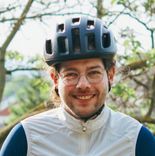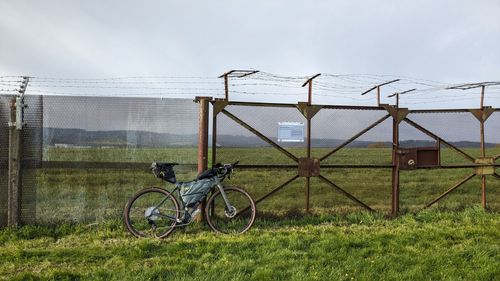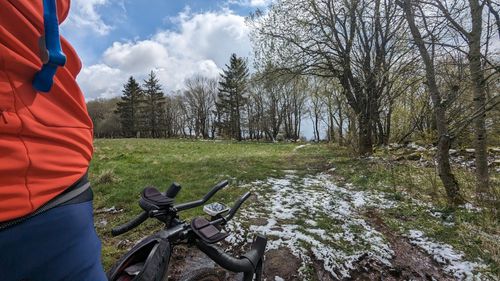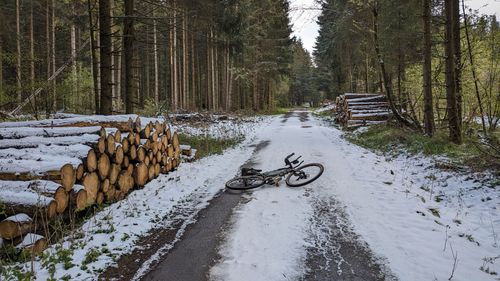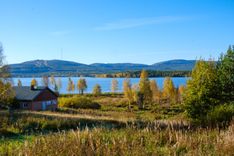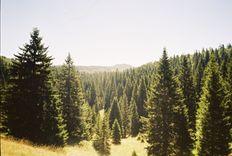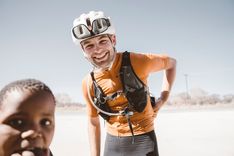A call for freedom echoed through the streets when the Wall fell in 1989 and the SED regime staggered towards its end. I was born a few months before the fall of the Wall and thus the end of the SED regime. I wasn't consciously aware of much at the time and yet I grew up in the shadow of the fall of the Wall. My childhood was shaped by children's songs from socialist record production, toys from the USSR and, of course, the spirit of change that characterized the time.
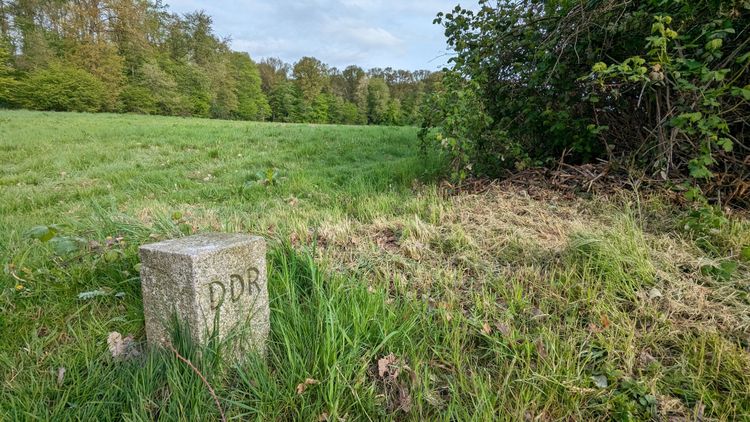
Along the former border between East and West, I set off in search of traces, where steel fences, walls and automatic firing systems once deprived people of their freedom. On two wheels, I want to experience at first hand the scars that Germany still bears today.
The wall that once separated people has now largely disappeared. Local citizens' initiatives quickly dismantled it in 1989 to free themselves from this monument to shame that divided families for decades. However, some replicas and remnants of the border fortifications can still be seen in the open-air museums along the former border - an oppressive sight that reflects the horrors of that time.
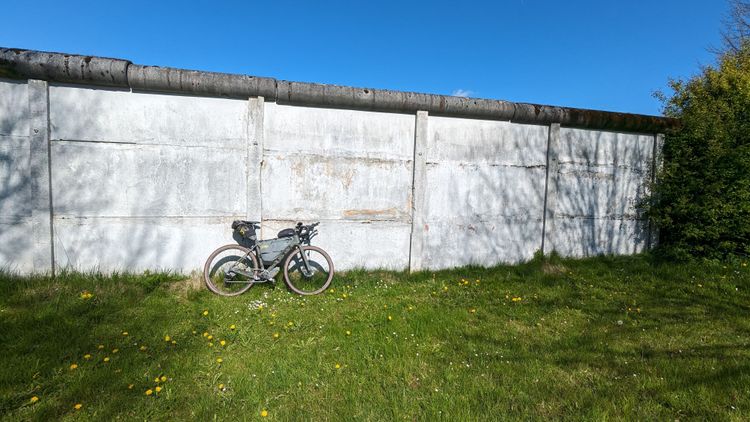
The border was lined with observation towers with searchlights, strips of sand for tracking footprints and, in some sections, enclosures with sharp guard dogs. Even 35 years later, the 3.20-metre-high border fence, which at times was fitted with automatic firing systems and booby traps, still conveys an oppressive feeling. To this day, it is unclear how many people lost their lives at the border - the "Arbeitsgemeinschaft 13. August" speaks of 957 border deaths.
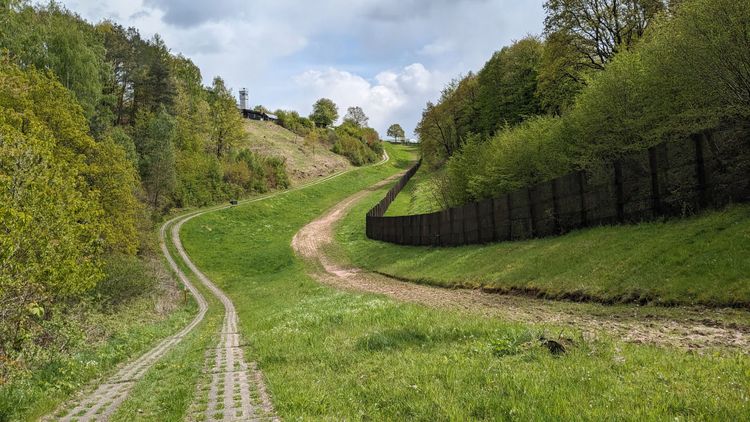

What is still reminiscent of the NVA border patrols meter by meter on this bikepacking tour are the "Kolonnenwege". Two-lane perforated slabs parallel to the former border fence, on which vehicles could patrol. Some sections are steeply uphill and the gravel tires tend to slip into the holes, turning every ride into a slide.
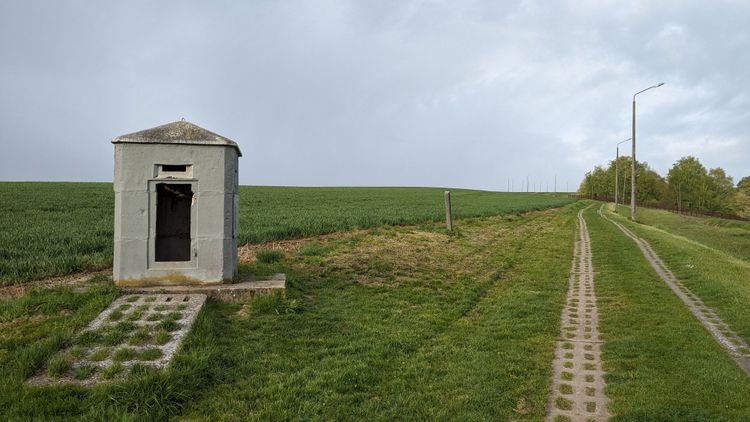
On my trip, I met people from a wide variety of backgrounds - former border guards from West Germany, old hippies from the peace movement of 1968 and guest workers from Slovakia. Everyone has their own story to tell about the Wall and the fall of the Wall. However, the route not only reveals the many different stories, but also the many facets of German life. From picturesque villages with half-timbered houses and rolling hills to frustrated faces at the supermarket checkout, the diversity of a formerly divided country is reflected here.
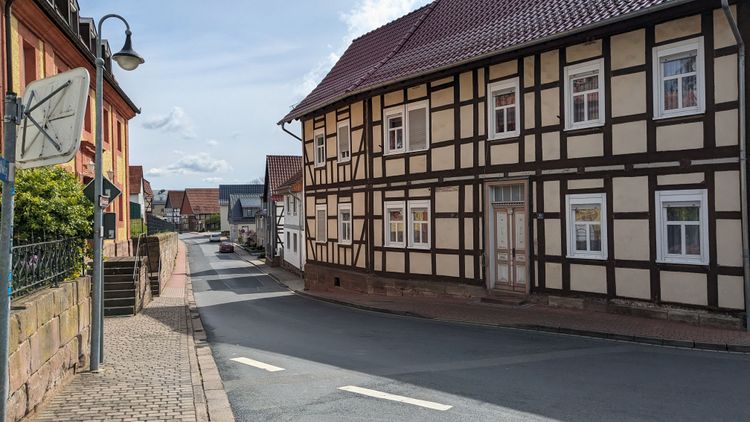
My route, a mixture of the Iron Curtain Gravel Trail by Markus Stitz and the Eurovelo 13, took me over 600 kilometers and 9000 meters of altitude - sometimes on gravel, sometimes on asphalt.
But it was the stories and experiences along the way that made this journey an impressive experience more than the kilometers and meters in altitude.
